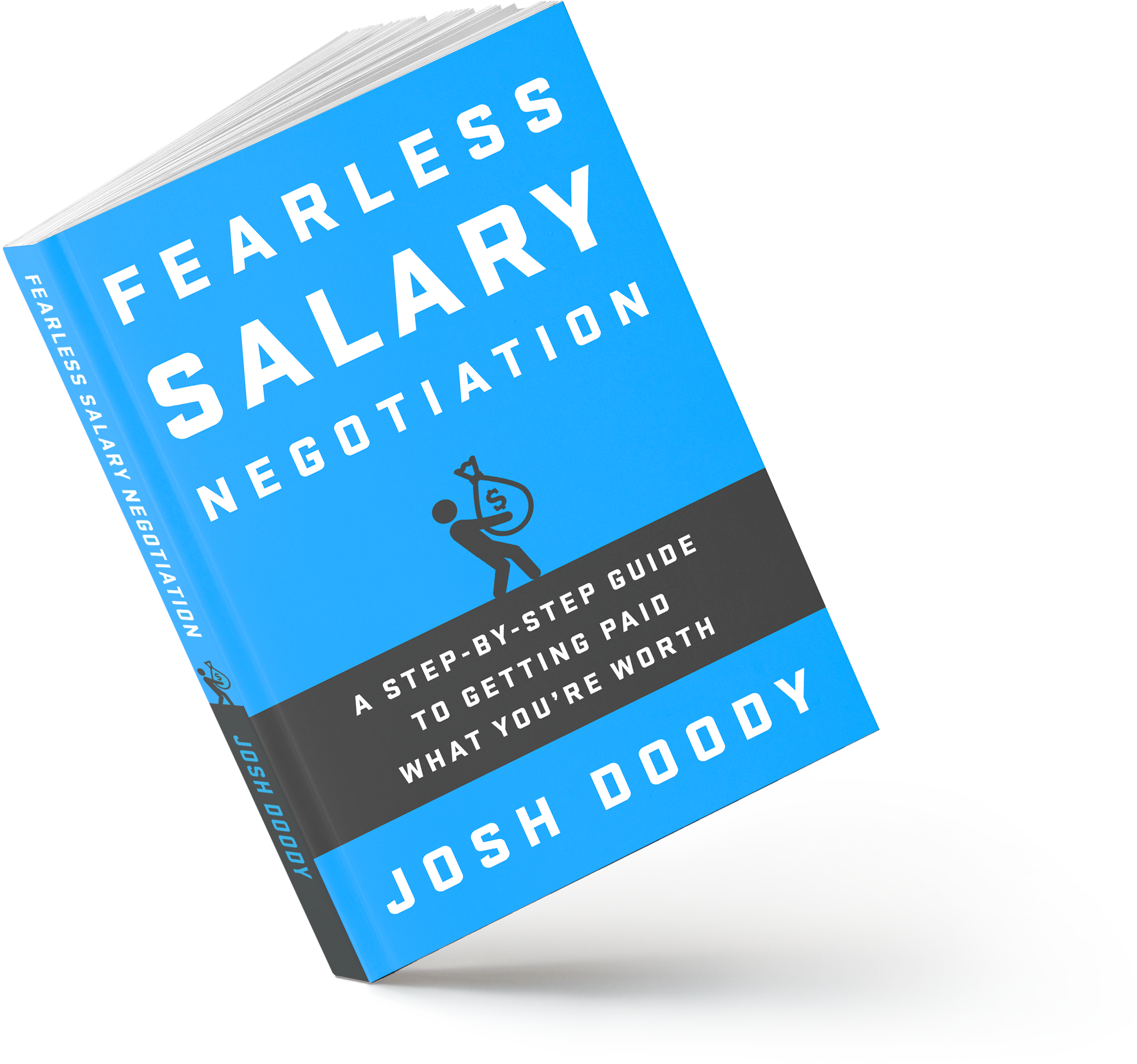Interviewers will occasionally throw you a curveball. Sometimes they do this because they want to see how you react when presented with an uncomfortable situation. Sometimes they’re just bored.
I’ve done this myself, and there’s usually a method to my madness.
An example of a curveball question
One of my most interesting jobs was building a technical support team from scratch. I was hired specifically to help build a local team, and our goal was to grow the team to 25 people as quickly as possible.
The economy was still in rough shape and our company was in a college town. This led to a unique dynamic: We had far more candidates than we could possibly hire, and all of them had strong technical backgrounds (recent engineering and computer science grads, some Masters grads, and the occasional PhD).
I interviewed several people a week and quickly found that I couldn’t use their résumés as any sort of real tool because all the candidates were so technically savvy. So I focused almost exclusively on interviewing for “fit”—I wanted to know how they would work with me, with customers, and with our team. This meant asking questions without caring about the content of the answer so much as its formulation and delivery.
One day, I happened to be interviewing in a very small conference room where the candidates couldn’t see anything except me and the wall behind me. It was really, really tight. A candidate came in and sat down, and we talked about his background for a few minutes.
Then I threw him a curveball:
“We’re in a pretty small office that has a drop ceiling so there are a bunch of tiles and a few lights above our heads right now. Without looking up, can you estimate how many tiles are in the ceiling?”
I didn’t care what answer he gave (I had no idea how many tiles were up there). I wanted to see how he formulated his answer to a curveball question. This mattered because customers call into Technical Support with questions just like this all the time. “I logged into the site and it didn’t work. Can you fix it?” “What do you mean ‘didn’t work’? What happened?” “It isn’t there.” “What isn’t there? What did you expect to see? Can you tell me exactly what you did to get there? What did you click?”
In this case, the candidate immediately looked up at the ceiling, then back down at me and gave an answer. He hadn’t listened closely and ignored the only constraint I gave him (“don’t look up”). Not a good sign. We didn’t hire him, and moved on to the next candidate on our list.
I know this seems harsh, but tech support calls are a lot like an interview in that tiny little room—customers will tell you all kinds of useless details, but they won’t let you see the ceiling and they demand a solution quickly. It may seem like I asked him this question because I wanted him to fail, but I really needed to know if he would fail in a similar situation with a customer. I didn’t hire him because I didn’t want to put him in a situation where he might fail in his job. If I had hired him and he had failed, that would’ve been my fault.
How do you find the right answer?
So how do you figure out how many tiles are up there?
There’s no one true way to get the answer, but it’s important to listen carefully, acknowledge the constraints, and formulate a plan. It can also help to talk aloud as you think through tricky problems. If you feel comfortable with your interviewer, turn his question into a sort of one-sided discussion so that he can hear you work through the problem. This will give him a good sense of how you think. If you’re not comfortable talking aloud while you think through the problem, just tell him you need a moment to think it over.
Things to consider when preparing for an interview
I’ll leave you with a few tips to help you stand out in your next interview:
- DO listen carefully and give thoughtful responses to every question. This seems obvious, but you would be surprised how often candidates give canned answers that don’t address the actual question.
- DO take your time to formulate a good answer when necessary. It’s ok to say, “That’s a good question. I’m going to take just a few seconds and think about it before I respond.” It demonstrates thoughtfulness and intentionality, which are two qualities many companies are looking for.
- DO come prepared to ask a few thoughtful questions of the interviewer. Google the company and get a sense of what they do. Then prepare one or two questions specifically about that business. Most interviewers will end the interview with some time for you to ask questions of them—this is an opportunity to demonstrate genuine interest in that specific company by asking the questions you prepared beforehand.

